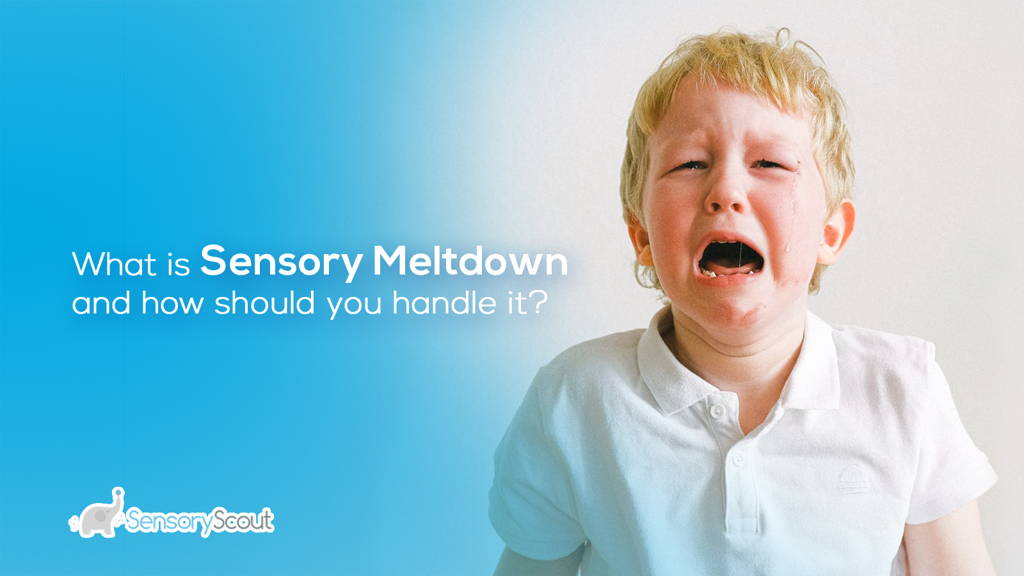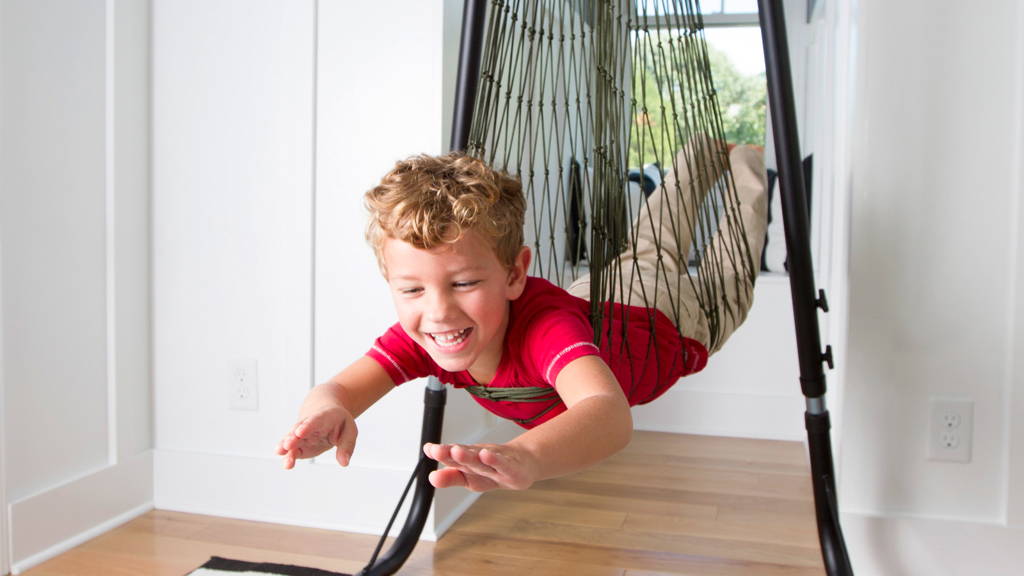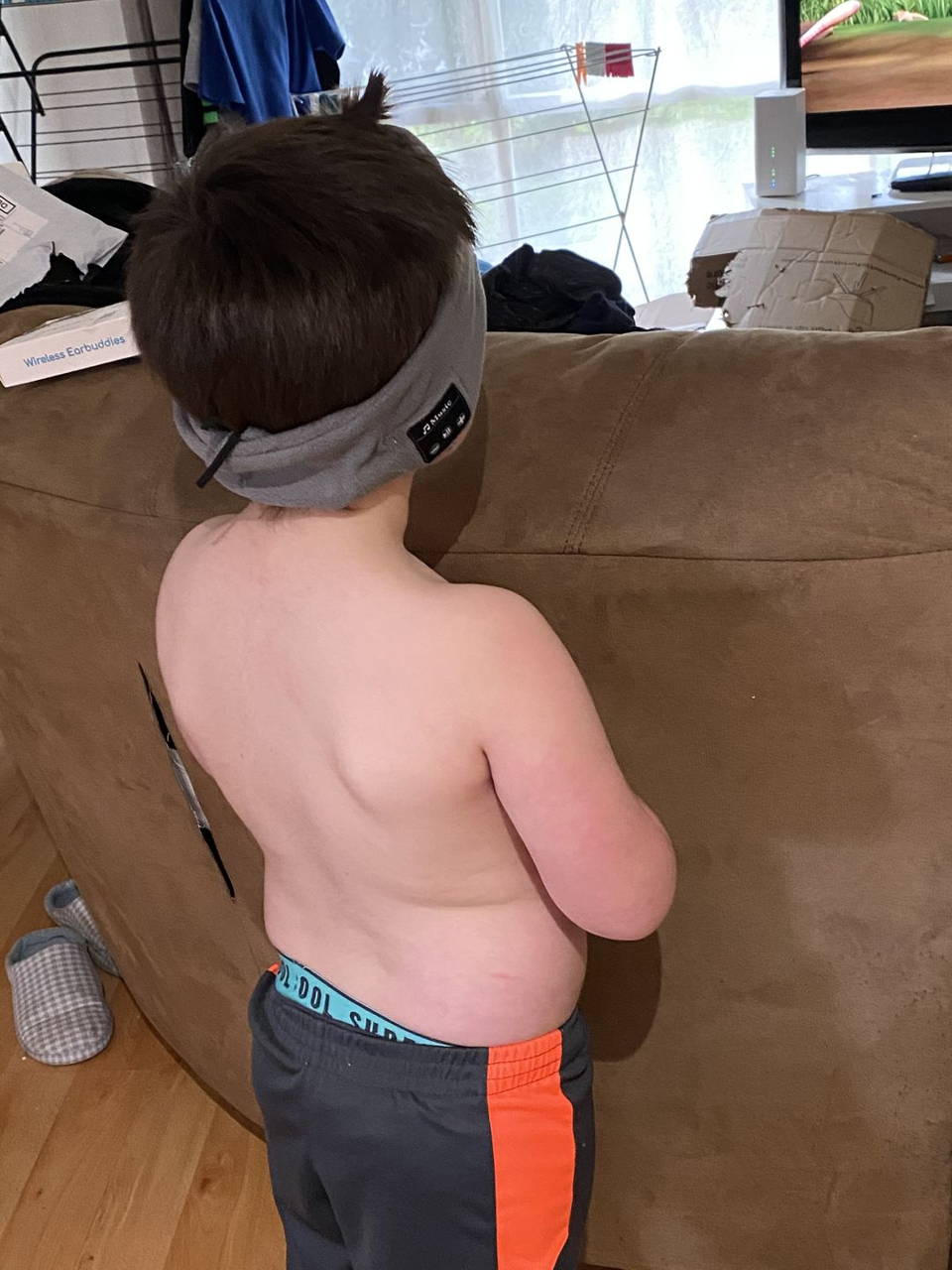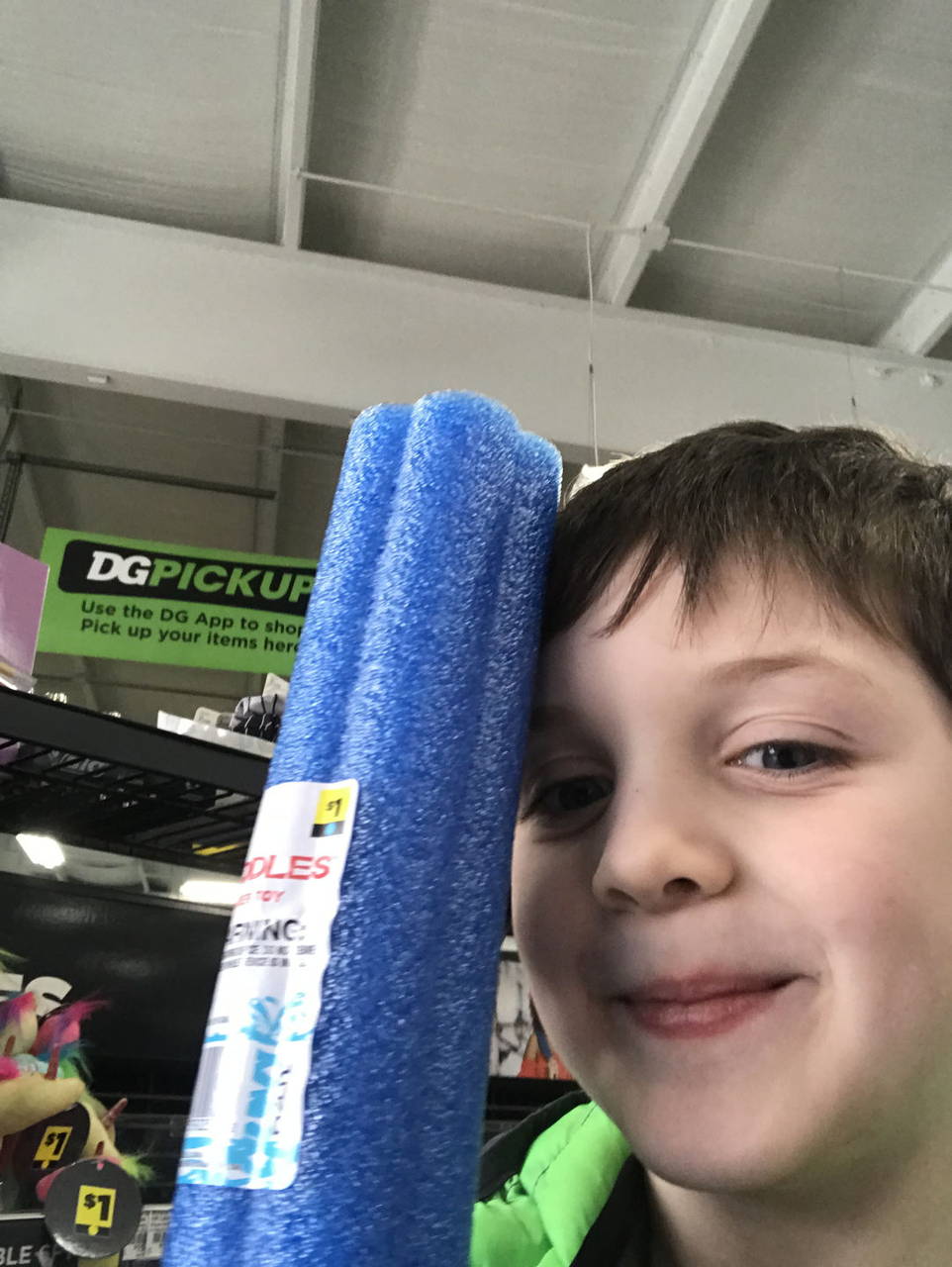
What is a sensory meltdown? There’s no doubt that you’re familiar with them if you’ve been parenting a kid with sensory needs.
Whether you’re new to this world, or you have a lot of experience, though, there is a range of myths and half-truths that you might fall for, when it comes to this phenomenon.
Today, we’ll bust those myths, and make sure you understand how to avoid, and handle these stressful situations if necessary.
What is a meltdown?

Sensory meltdowns seem a lot like temper tantrums, on the surface. However, the cause is completely different.
A sensory meltdown is a fight-or-flight response to sensory overload. There are usually two different types of sensory meltdowns, with very different appearances.
In one case, the child will appear to be having a temper tantrum. This can include:
- Screaming, shouting
- Crying
- Repeating themselves
- Swearing
- Shaking
- Throwing things, smashing things
- Hitting themselves or others, biting
- Running, usually away from other people
Less frequently, sensory meltdowns can take the form of:
- Complete reclusiveness, refusing to talk or communicate
- No eye contact
- Running away from you
- Hiding
- Covering their eyes and ears
No matter what, the important thing to remember is that kids have very little control over themselves, during these times.
While these experiences can be painful, heart-breaking, unpleasant, and even embarrassing, it’s our duty to remember that our kids do not need to be disciplined, in these circumstances. They need love and understanding.
To help you and your child, we put together the most common, most effective tips and techniques used to overcome these meltdowns. These are often used by parents in our community, and/or recommended by leading researchers and therapists in the field.
Tips in Overcoming Meltdowns

1. Identify and remove the triggers.
Sensory meltdowns happen as a result of things in the environment that overwhelm the senses of kids with sensory processing disorder. Therefore, your first and top priority is to remove the triggering stimuli as soon as possible. Depending on your particular child’s needs, this can include things like:
- Flashing lights
- Loud noises or music
- Bright, unpleasant colors
Keep in mind, however, that in many cases they’re caused by more abstract things such as changes in routine, insufficient diet, or lack of sleep depending on your kid’s needs.
Still, whenever possible, remove any stimuli and get them to somewhere calm and quiet.
2. Remove dangerous objects.
Another thing you should do immediately is to make sure that your environment is safe. Make sure there’s nothing harmful in the room; glass shelves, hard objects, sharp things. Kids having sensory meltdowns, especially if they’re sensory seekers, will often feel the need to hit, grab, and throw things (or even themselves). Make sure they are in an environment where they can't hurt themself or others and make sure to stay with them while they calm down.
3. Be patient, as much as possible.
Remember that this is not your child ‘acting out’ for attention. This is your child showing that they need support and understanding, more than ever. No matter how embarrassing this may be for you, even if you're in the middle of grocery shopping, just remember that it’s far more unpleasant for them. If they could stop, they would. Don’t shout at them, and don’t even try to talk to them as this can make it worse. Stay with them, comfort them, and show them love while they calm down on their own.
4. Let them enjoy their sensory activities or toys.
Parents of kids with sensory issues will work to find their kid’s go-to sensory item or sensory activity. This might include playing with a certain type of toy a certain way, listening to music, using noise-canceling equipment like headphones, etc. These activities are greatly soothing to a child with sensory problems and satisfy them on a deep level.
These can help prevent meltdowns, and make them easier to manage if they do happen. Finding the best sensory solution for your kid requires some simple trial and error. It might take a few tries to get a routine or solution that helps your kid the most, but it will be worth it.
Closing Thoughts

You can prepare for these unpleasant situations by making sure your kid is equipped with comforting sensory activities, and keeping them free of unpleasant and over-stimulating (or under-stimulating) environments.
If they do happen, however, just remember that this is not your child ‘misbehaving’. This is your child suffering, beyond their control, and they need your love and support.
sensory parent-approved SOLUTIONS for meltdowns
I have 1 x son who is ADHD and cannot stand distraction noise & 1 x son who could not go into the supermarket or any shop with noise. Now we walk in I turn on his music or a show and he listens to when we walk around. No more meltdowns in the shops he’s free and relaxed. These things are seriously a godsend.
- Sara M.
 Skip to content
Skip to content




